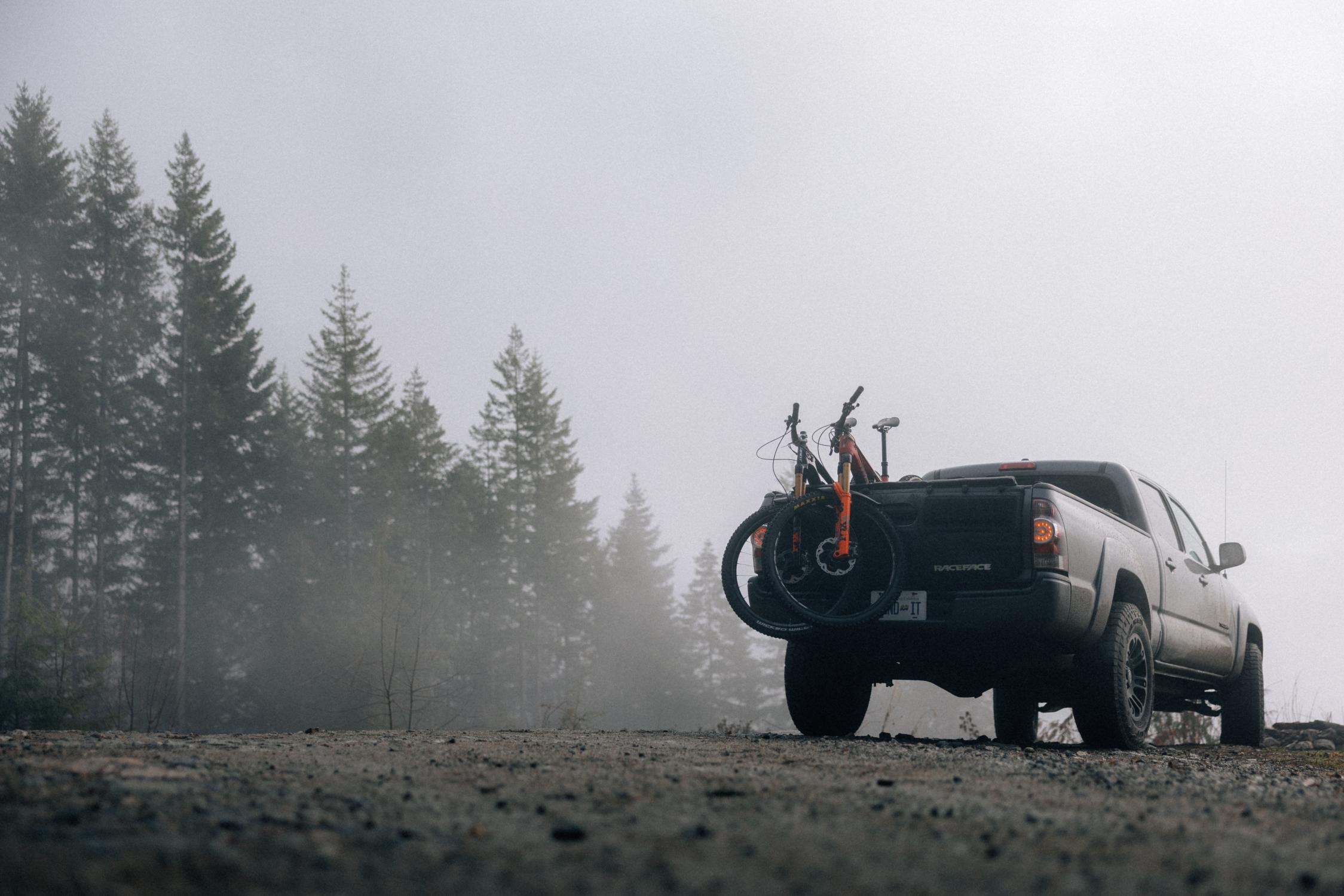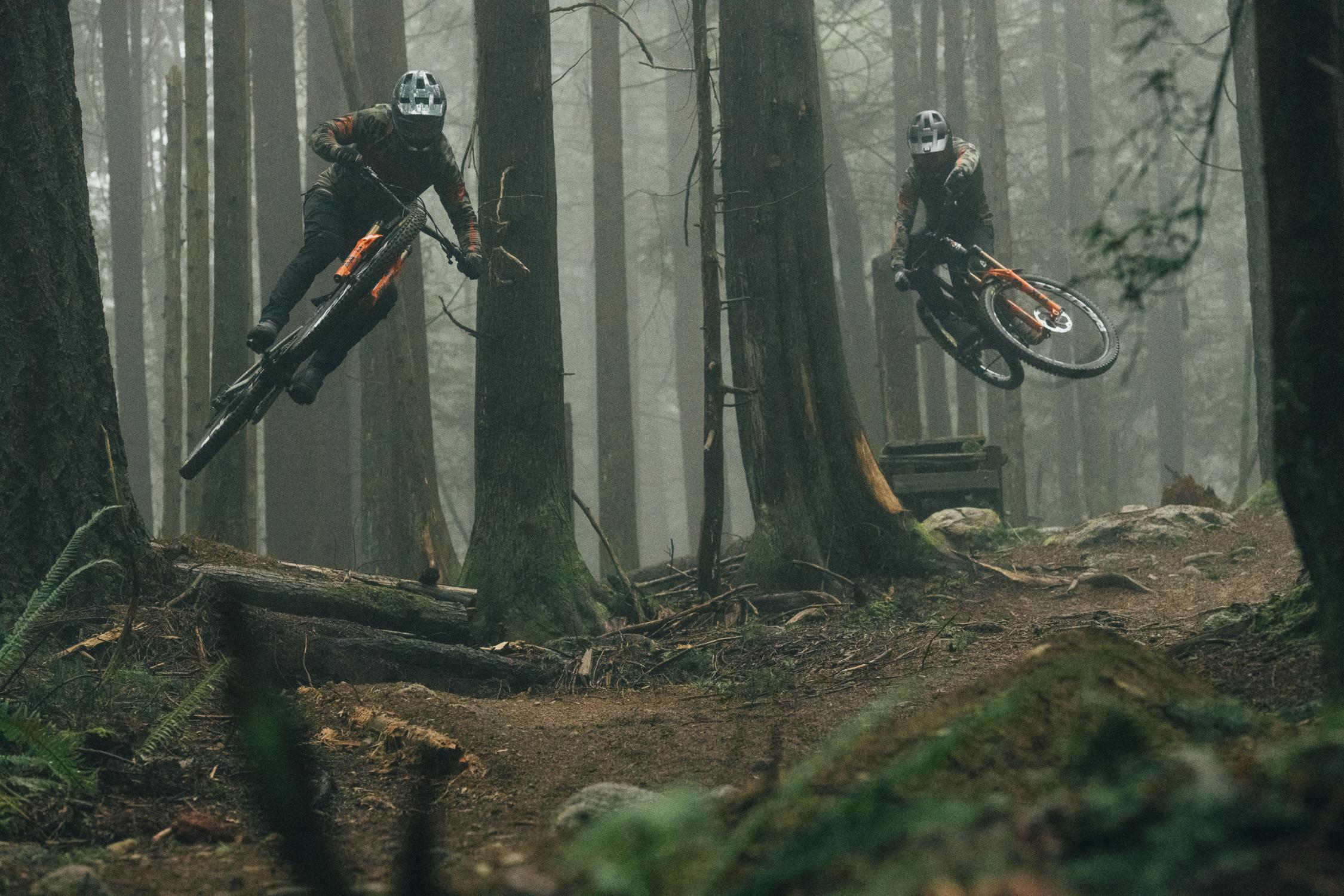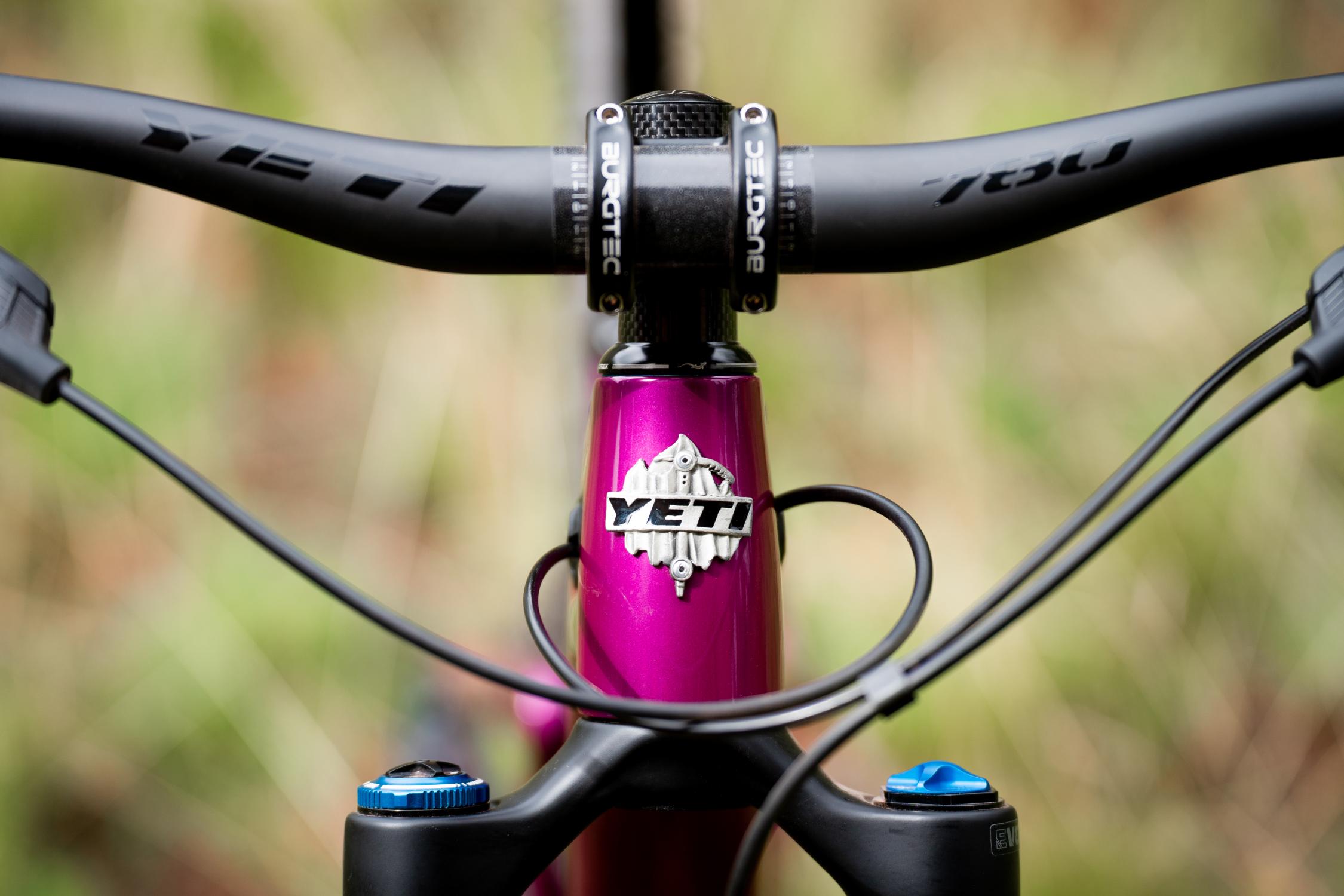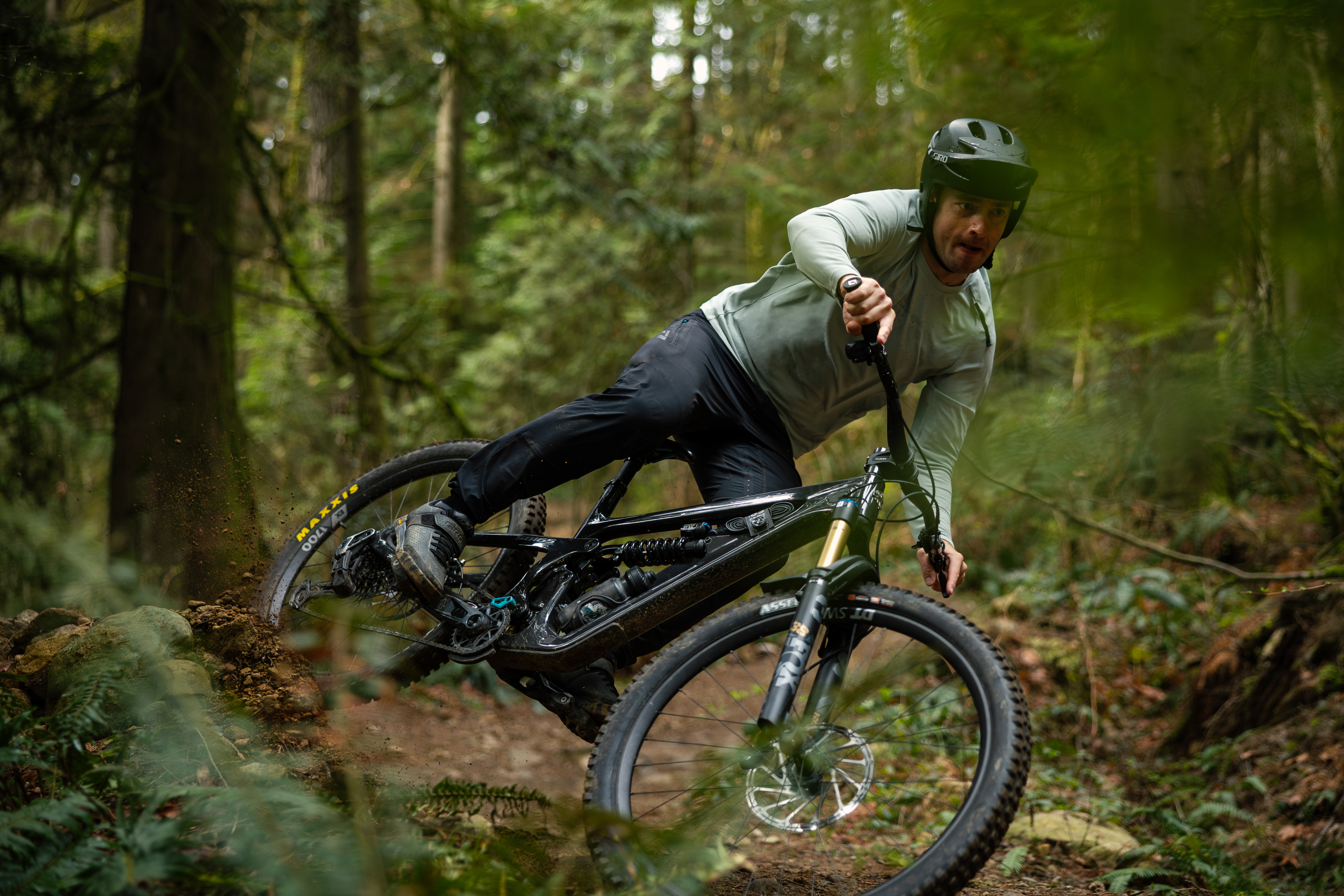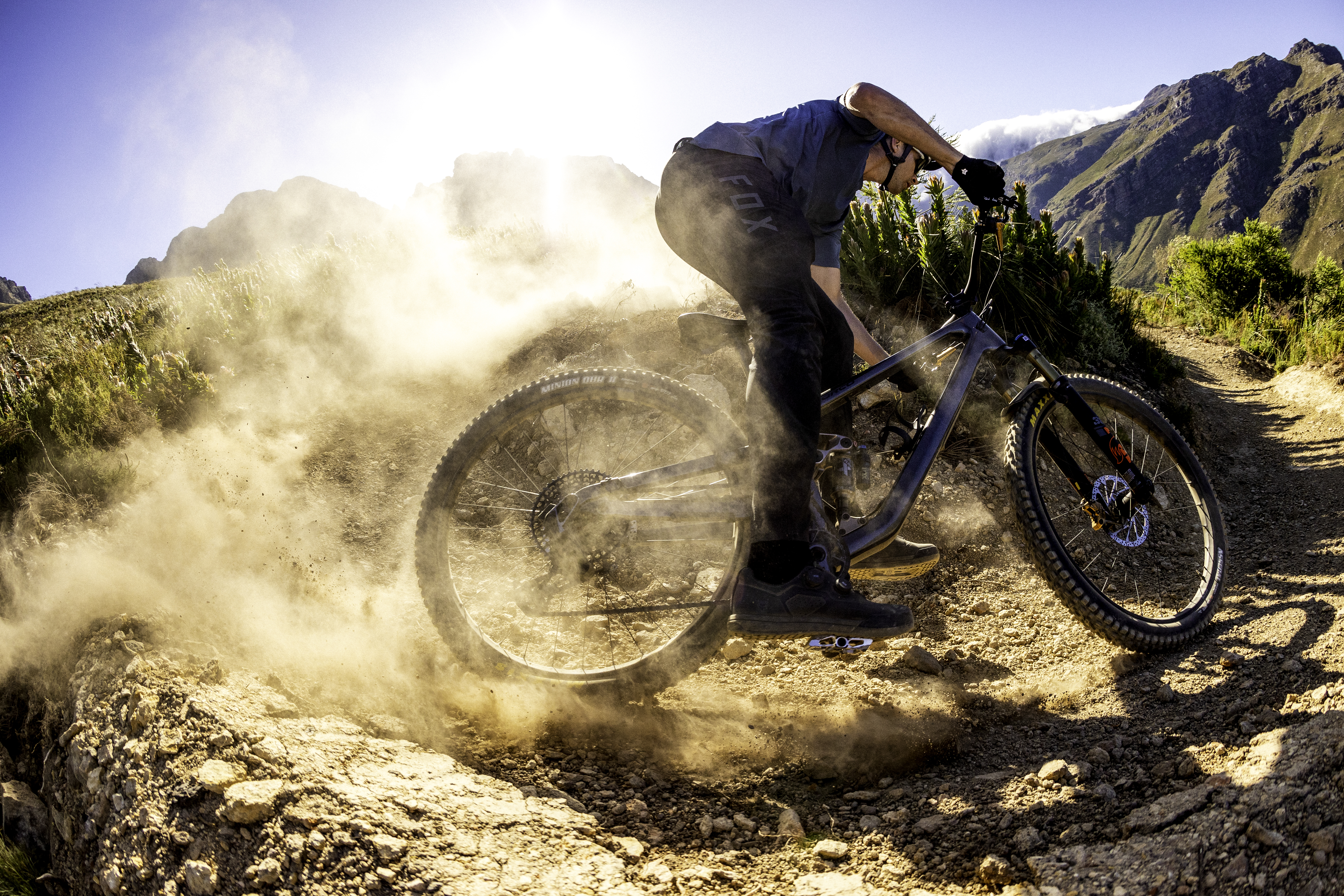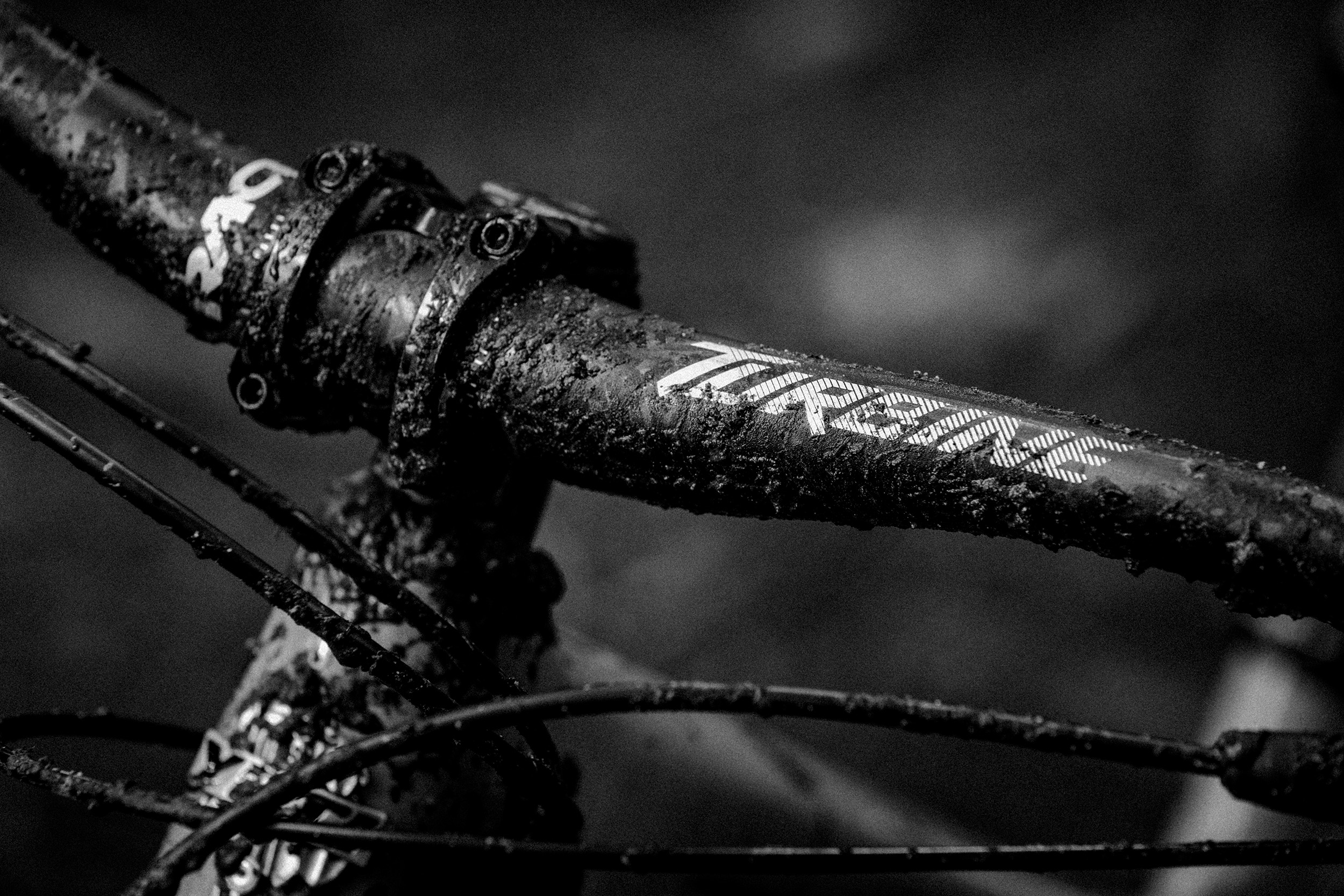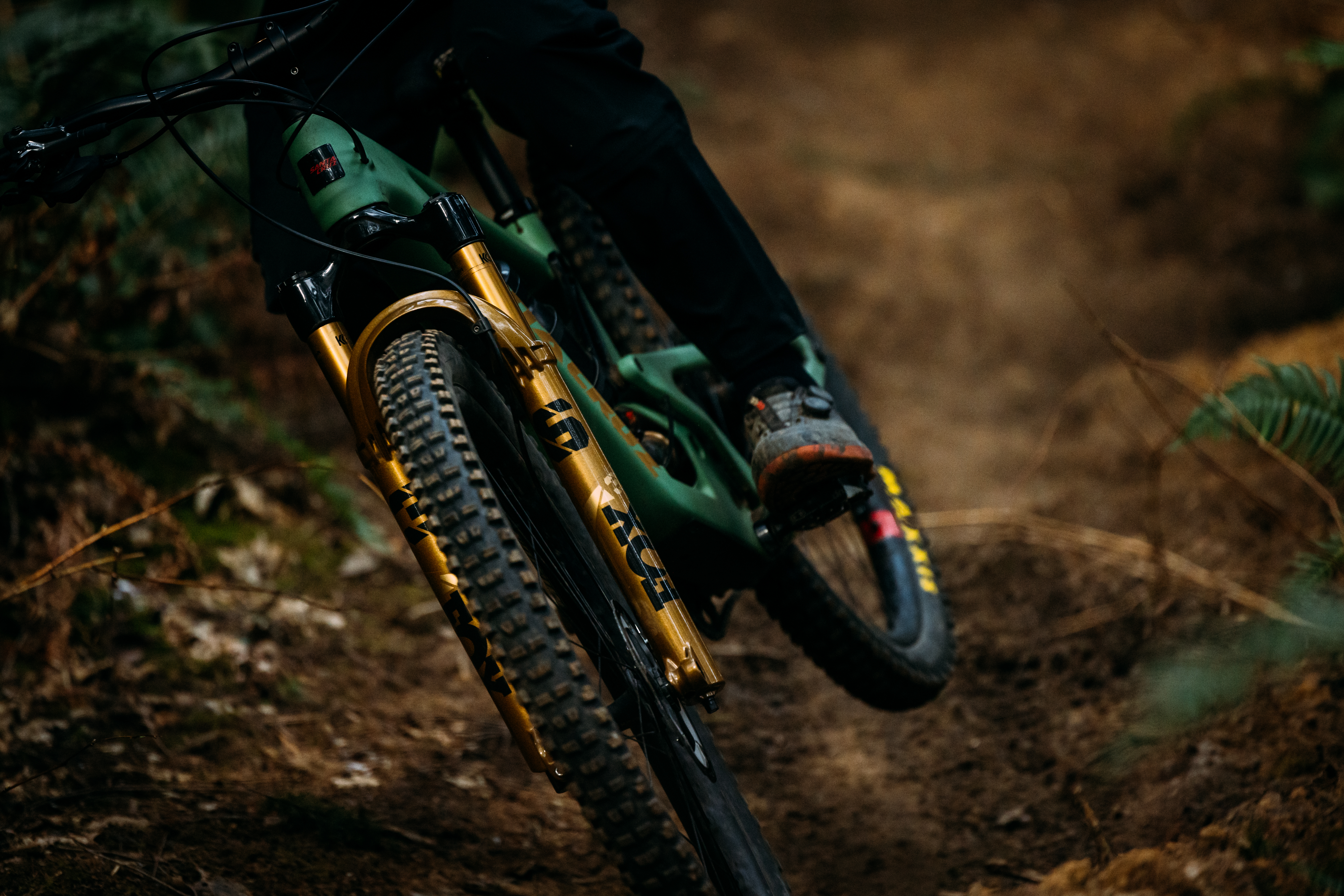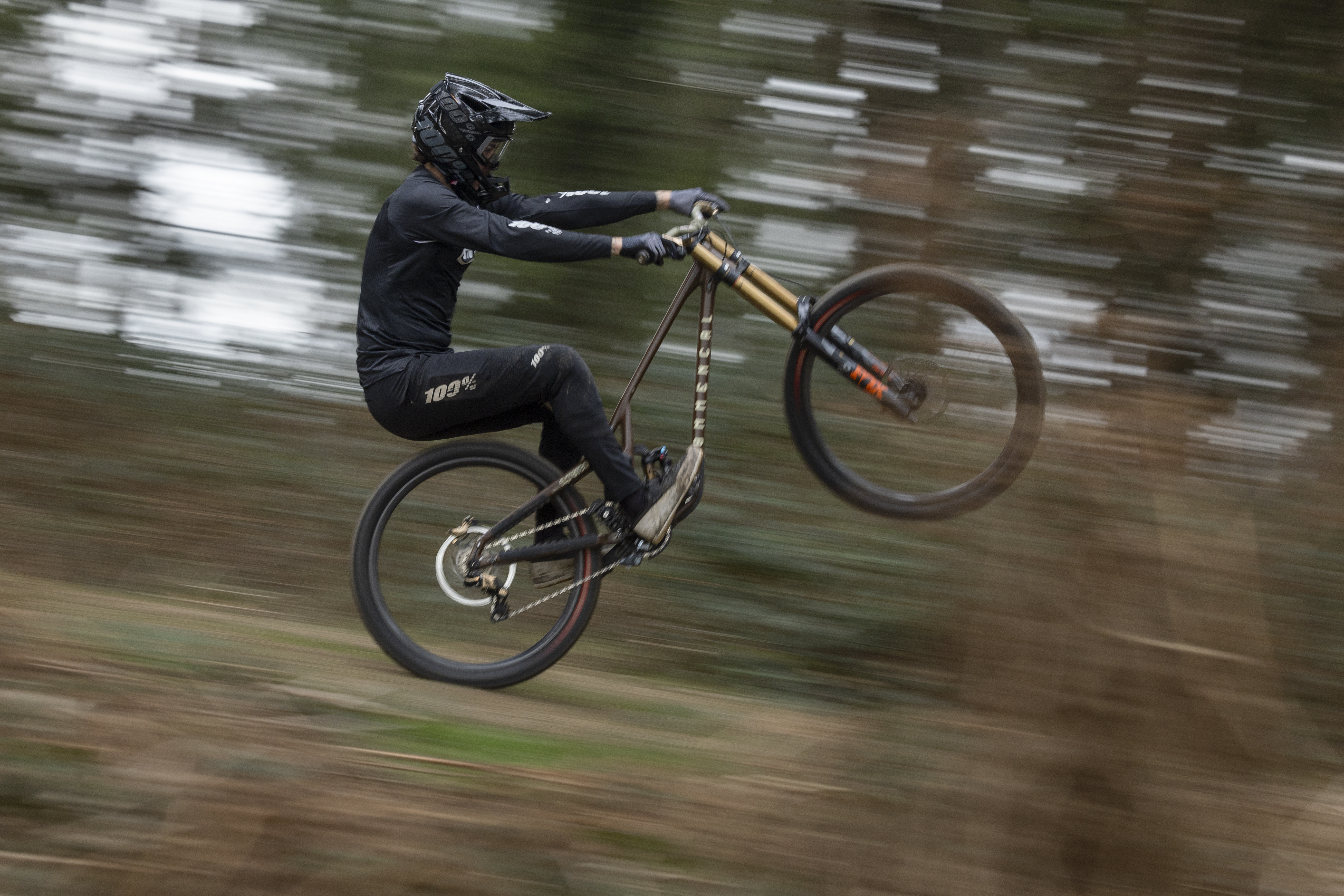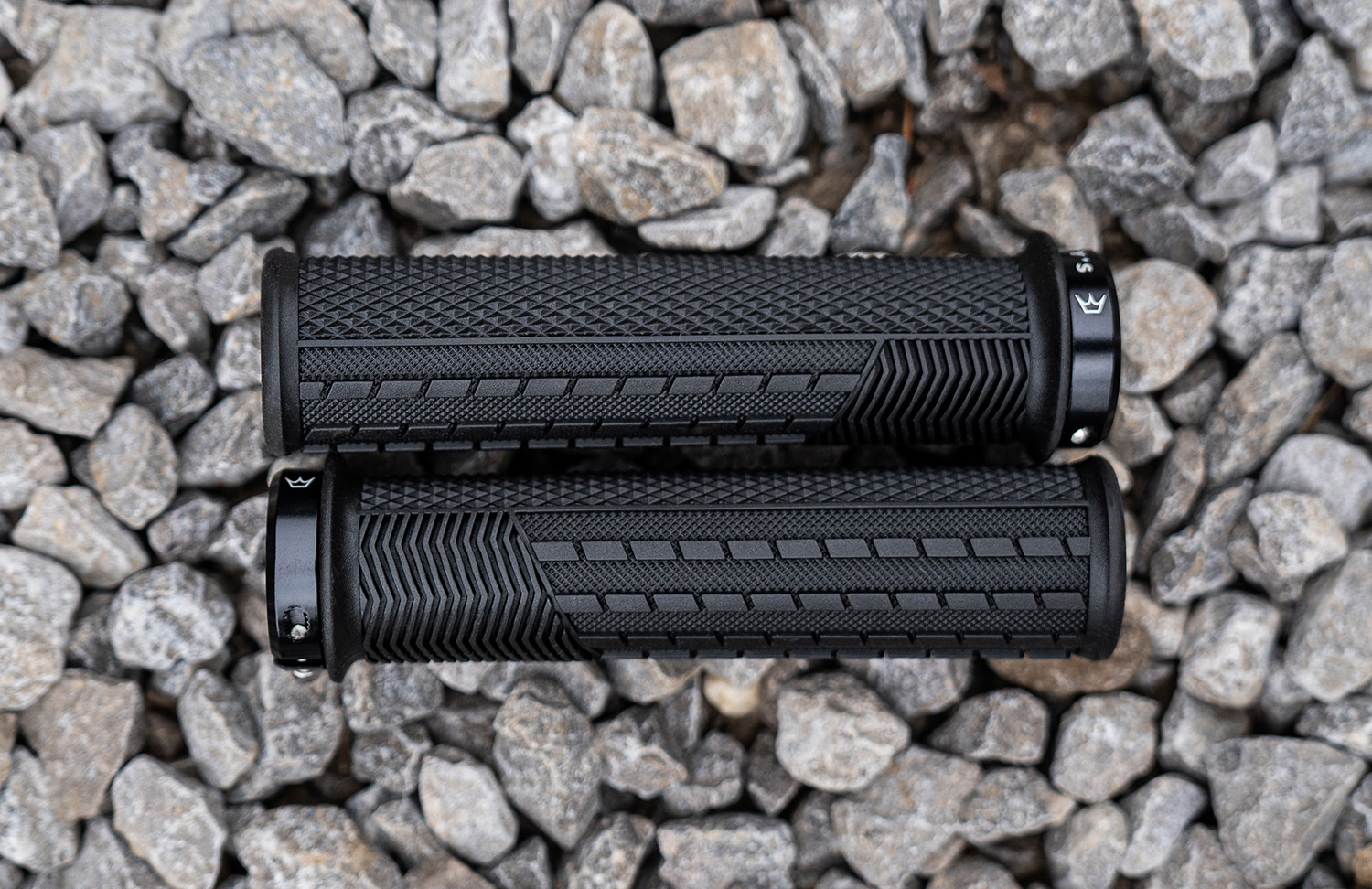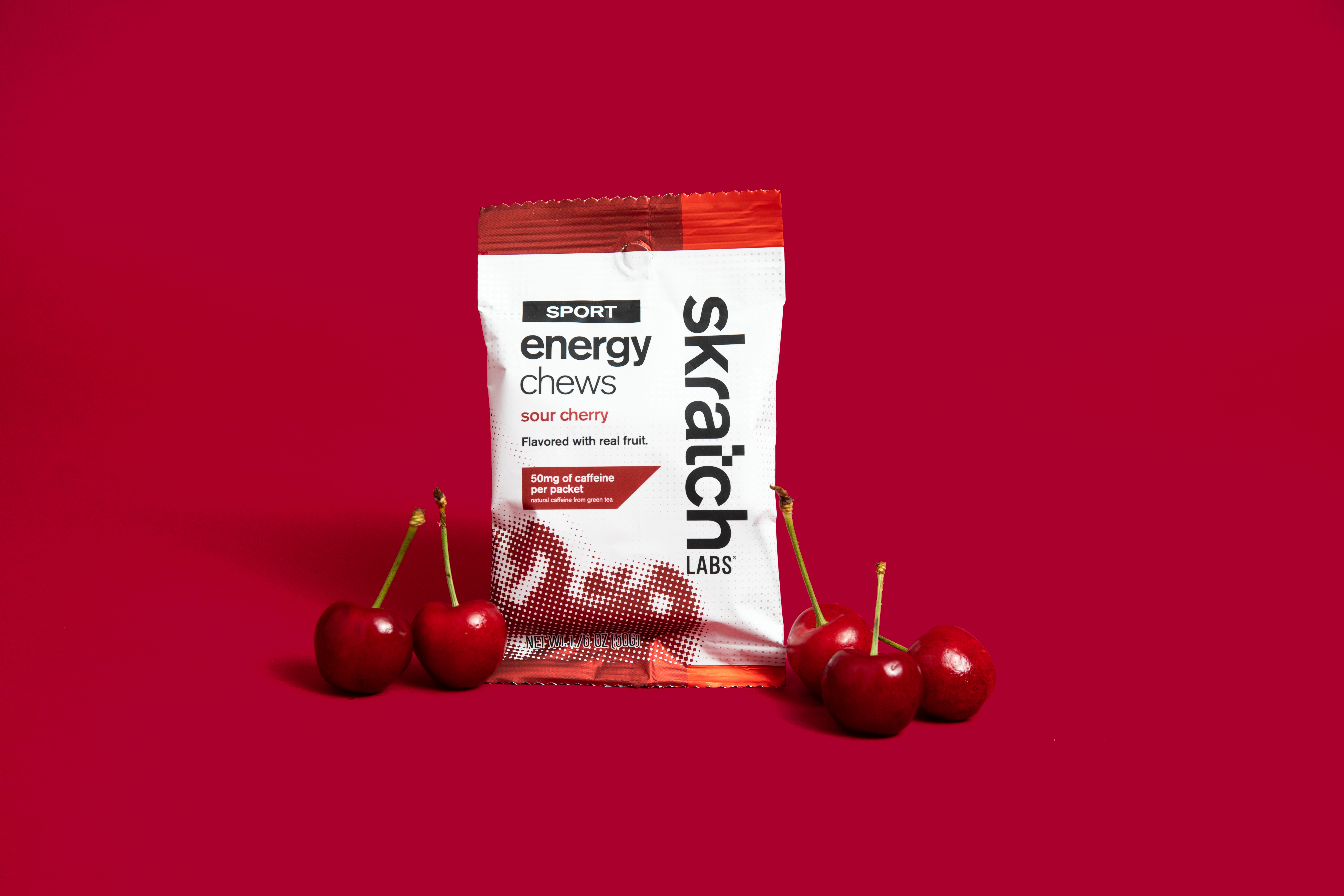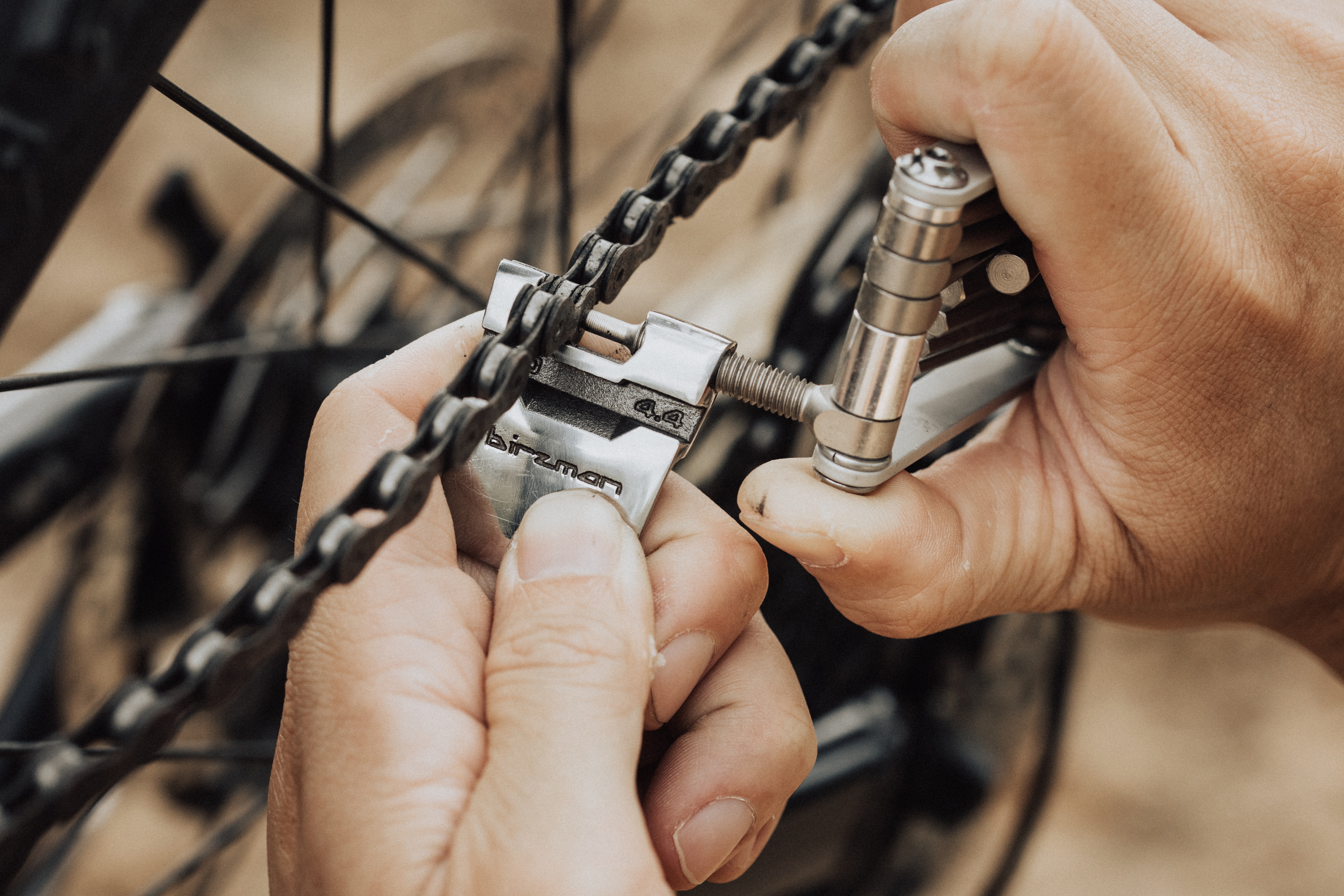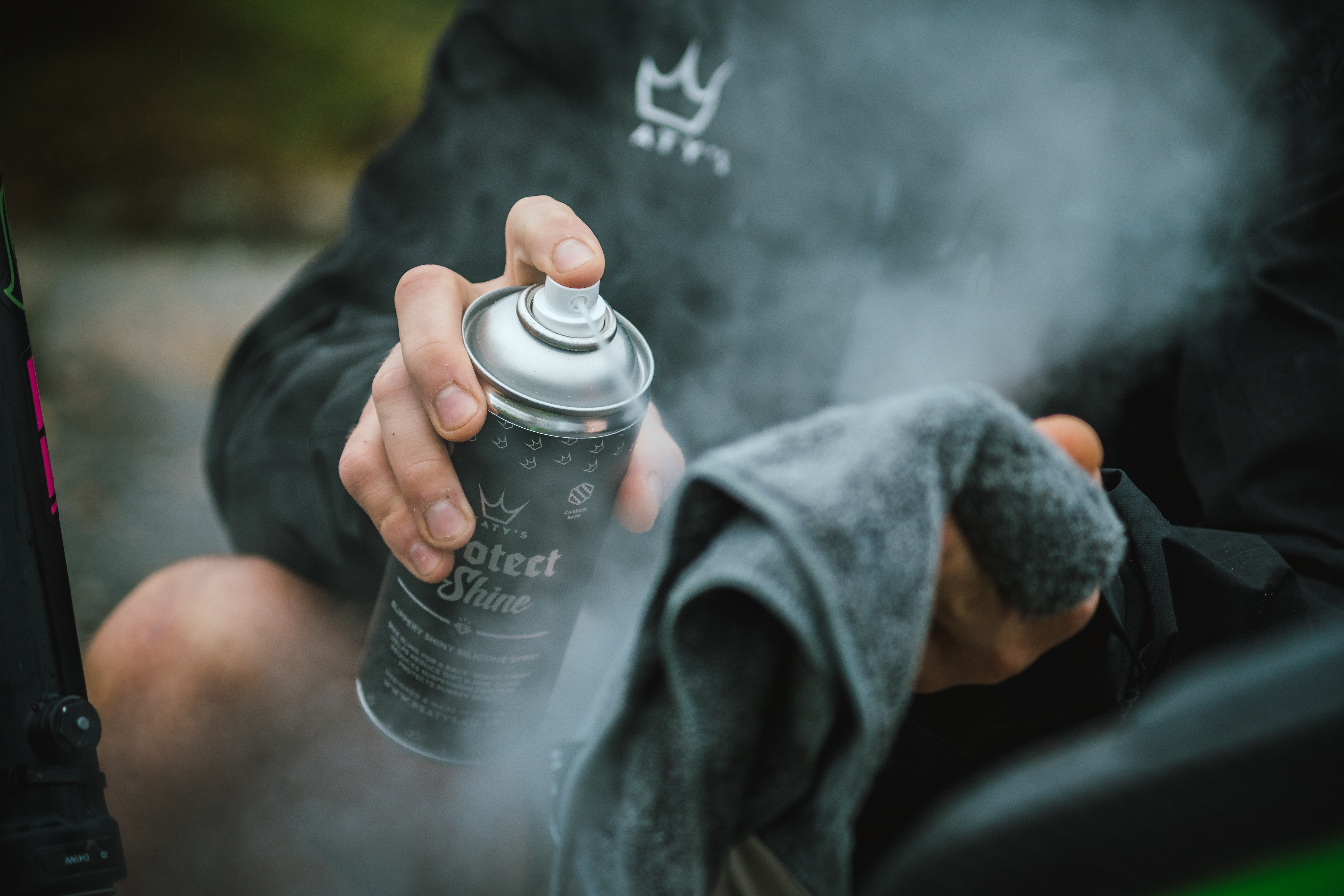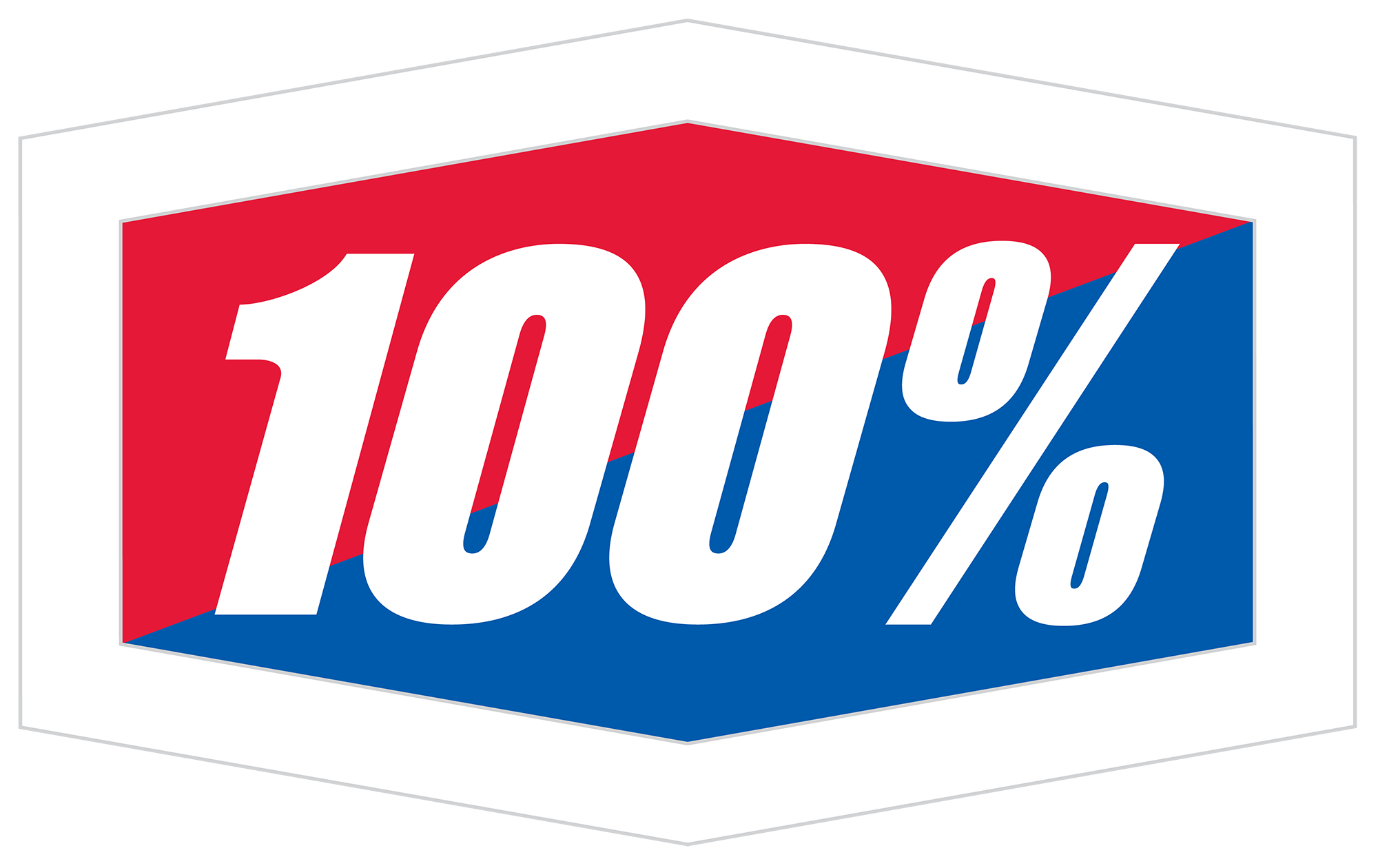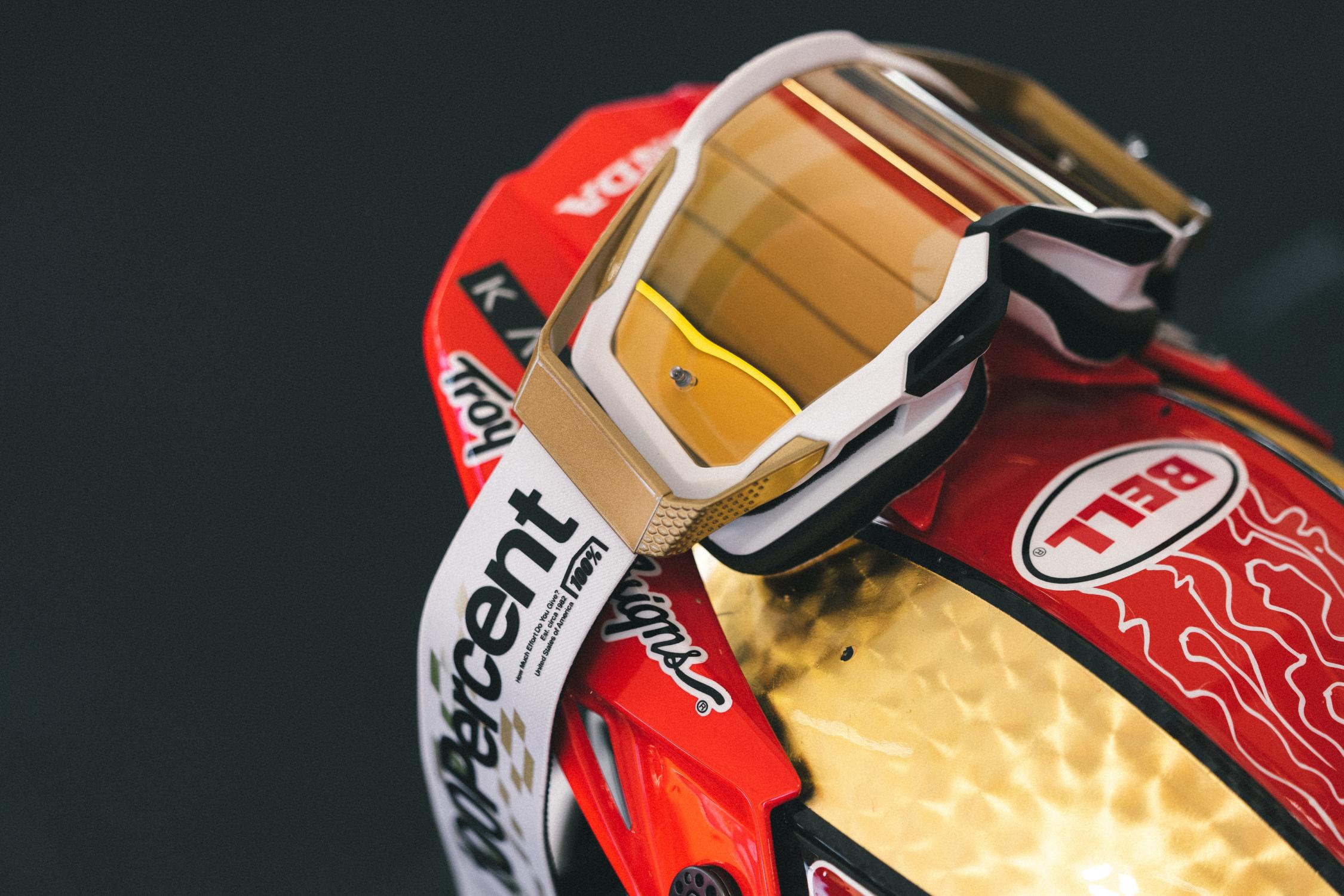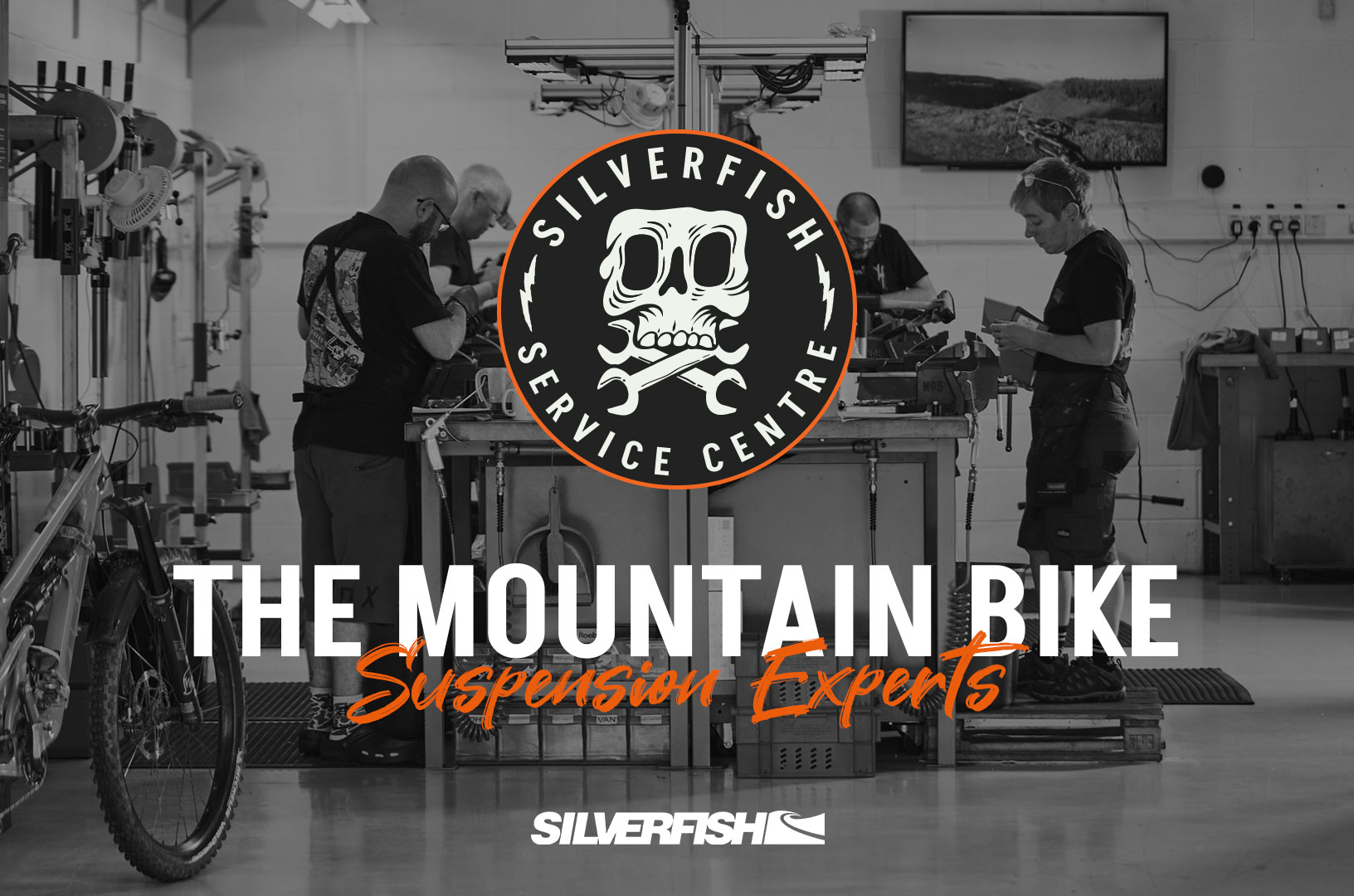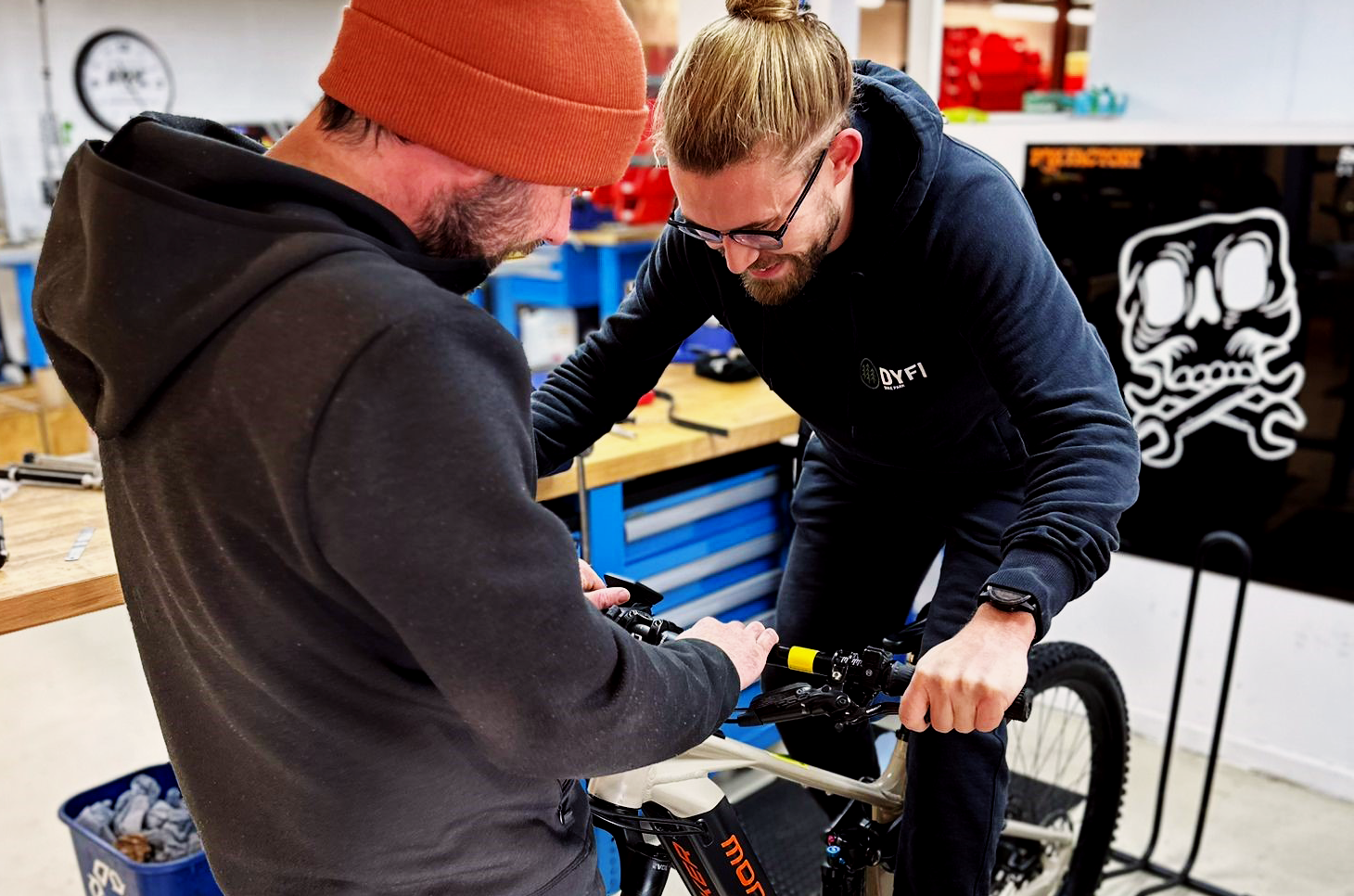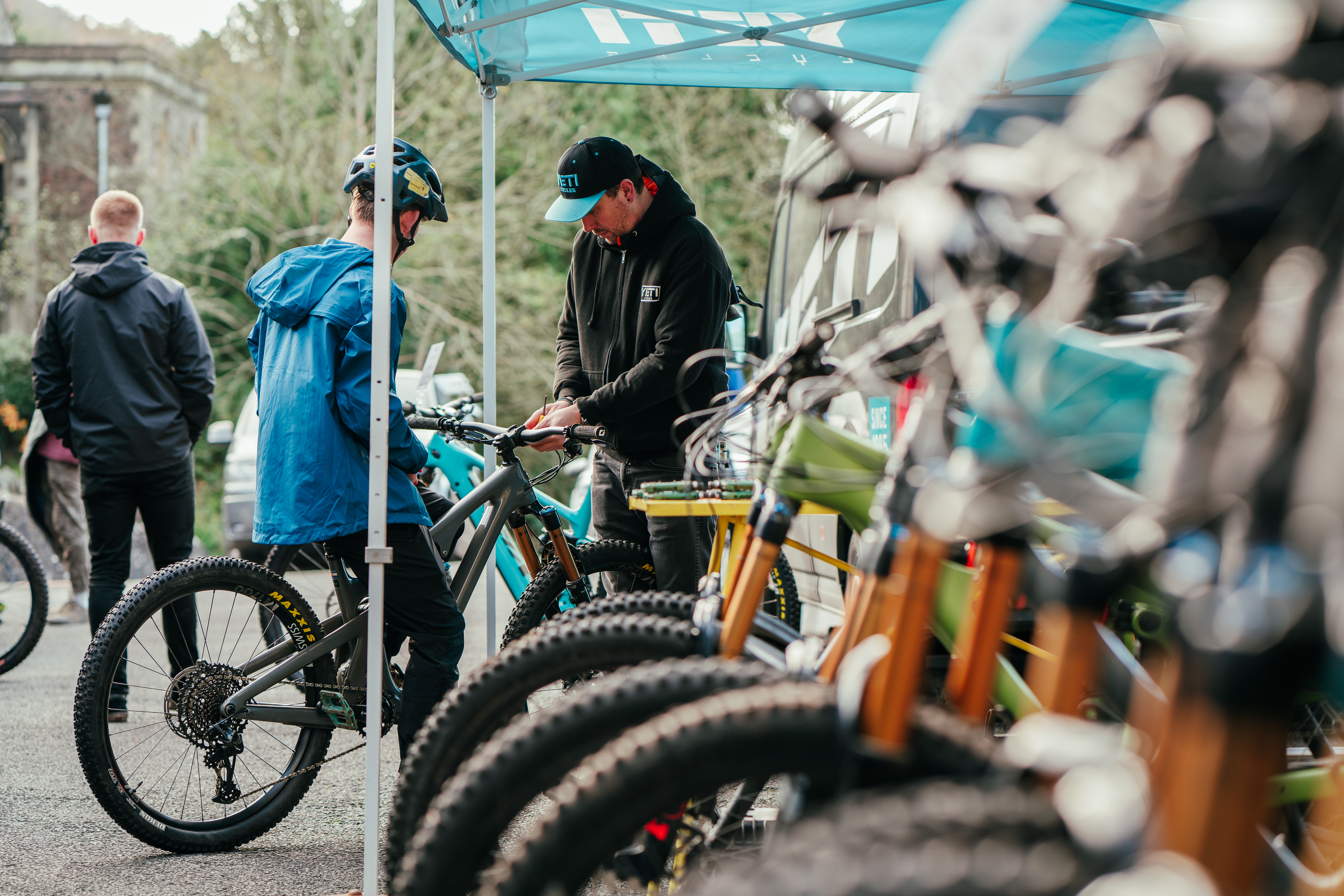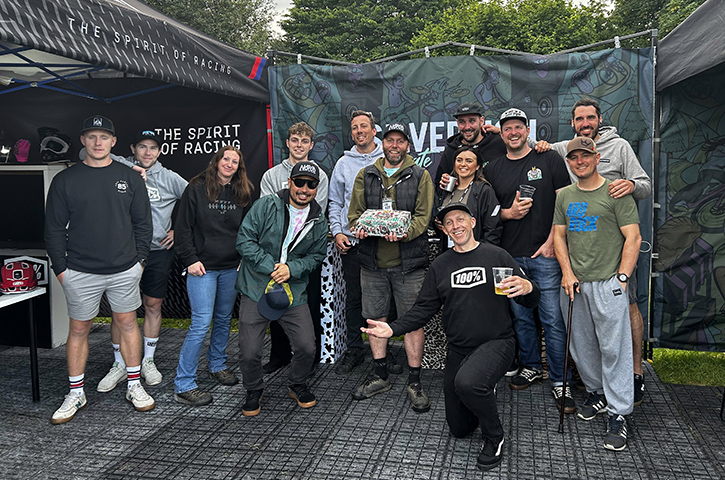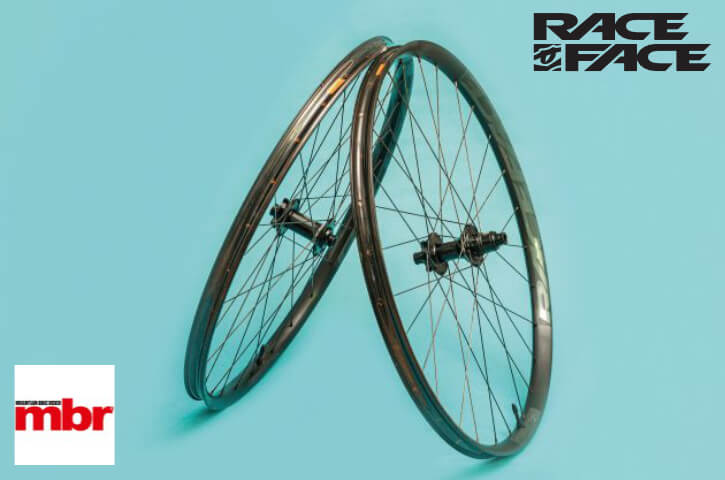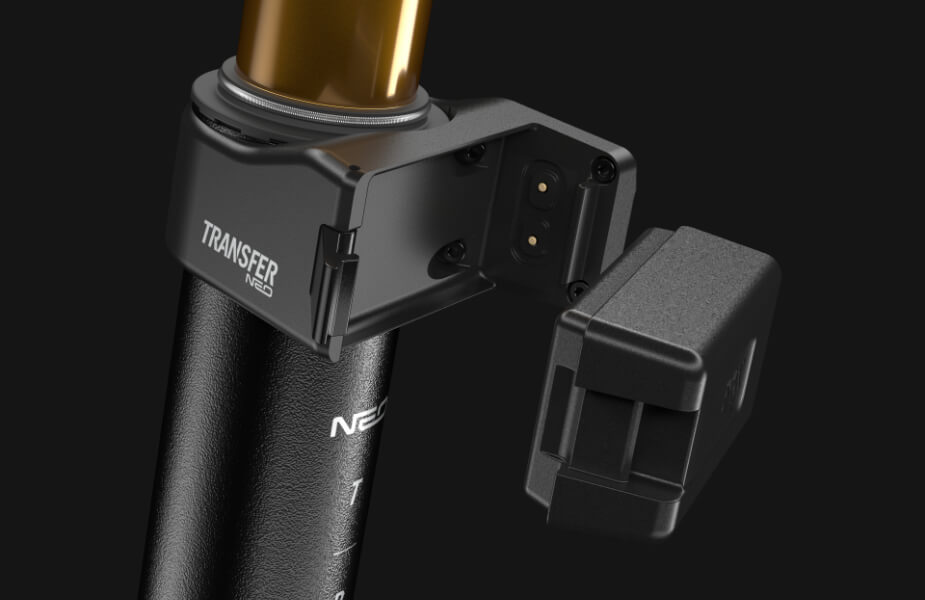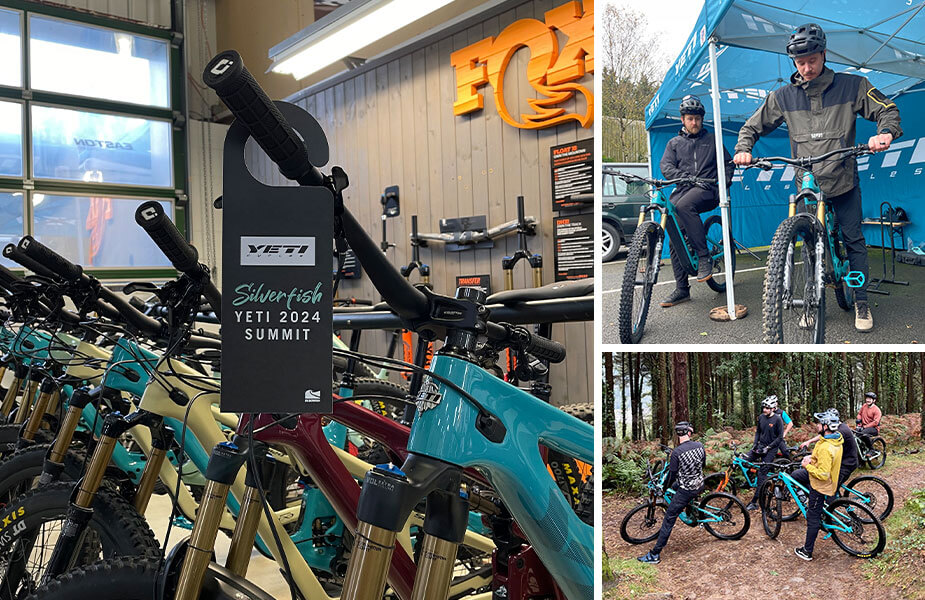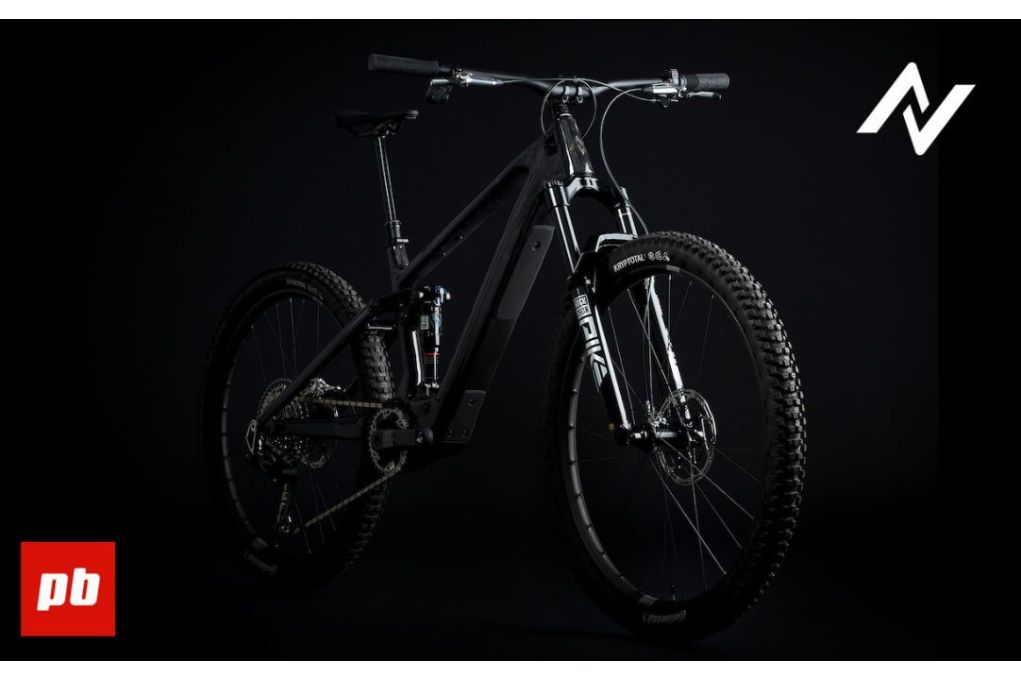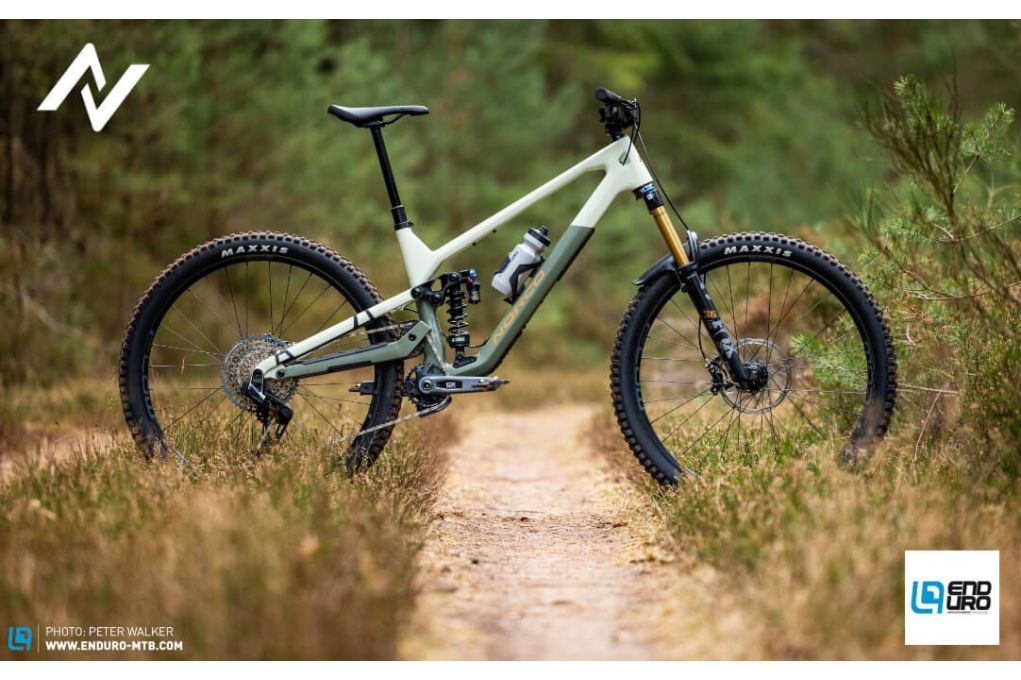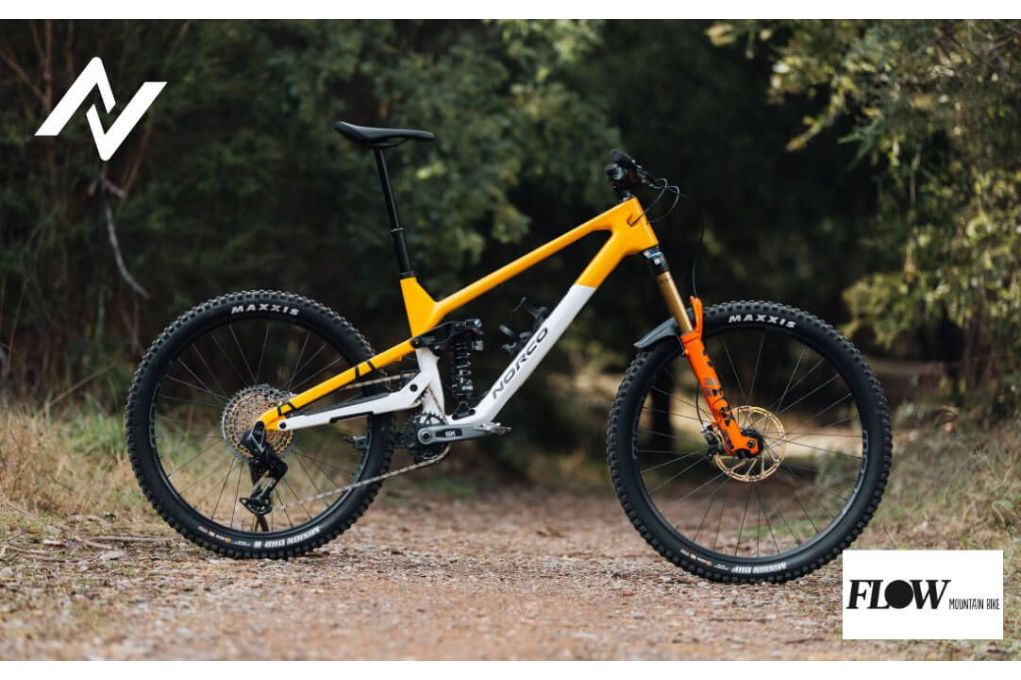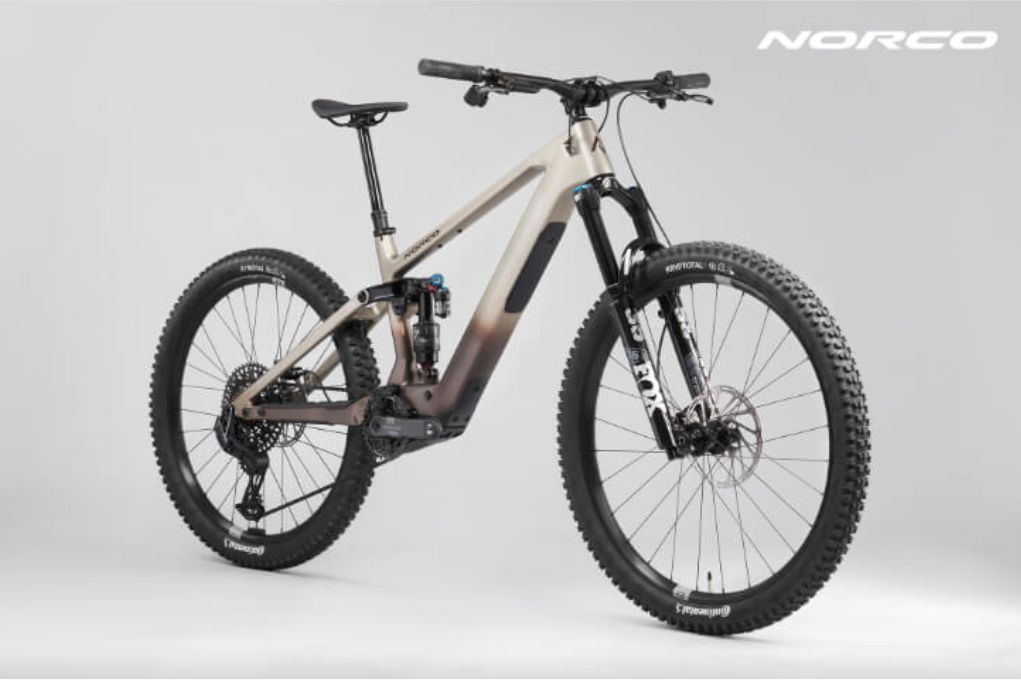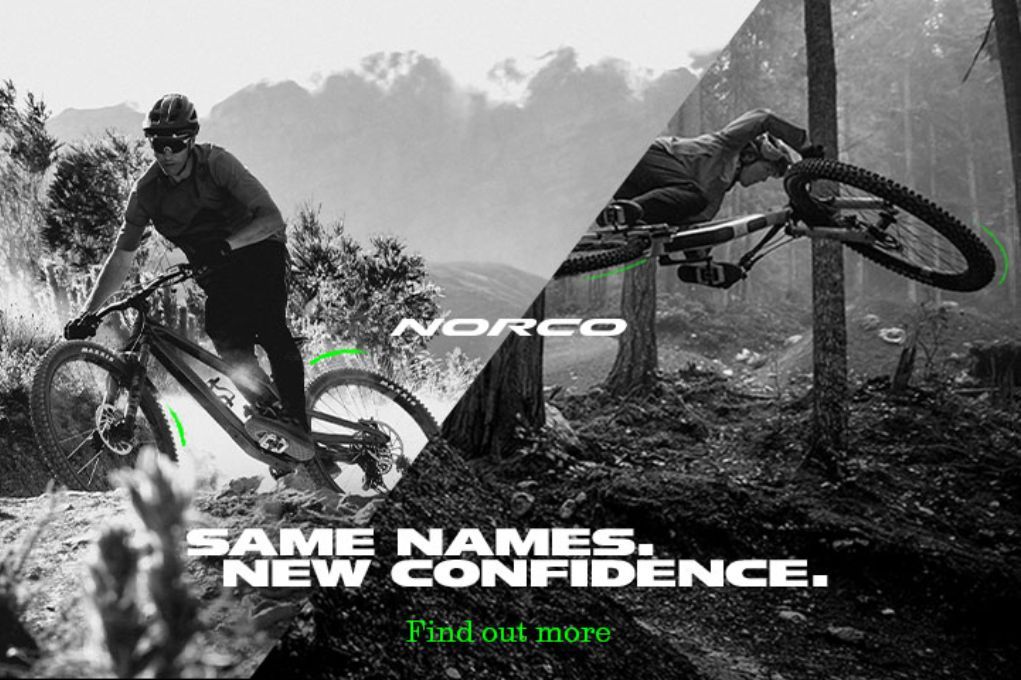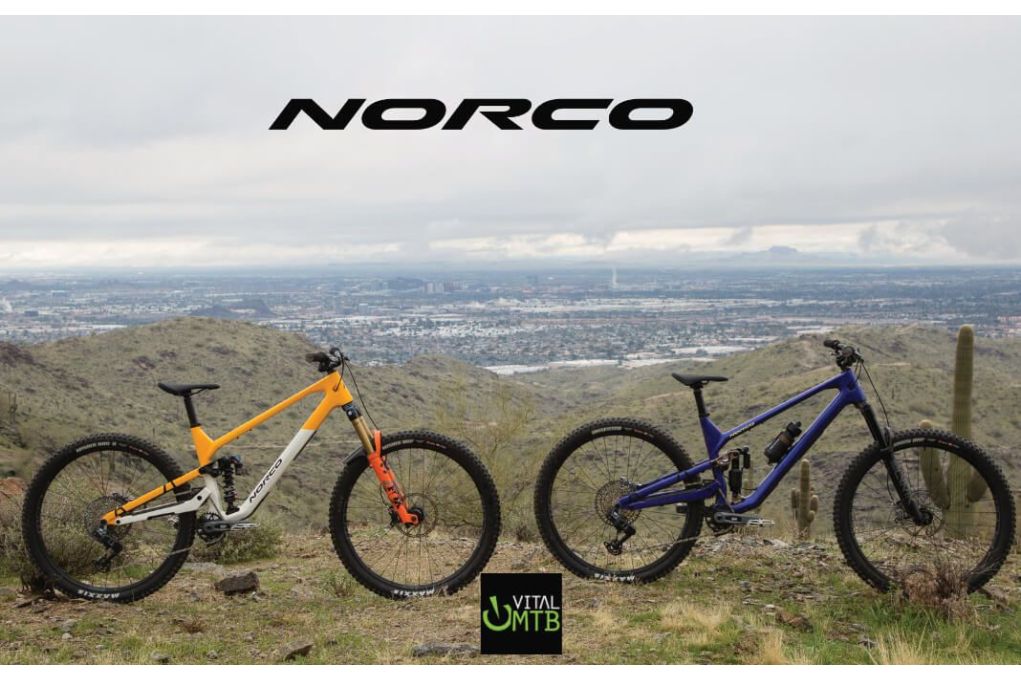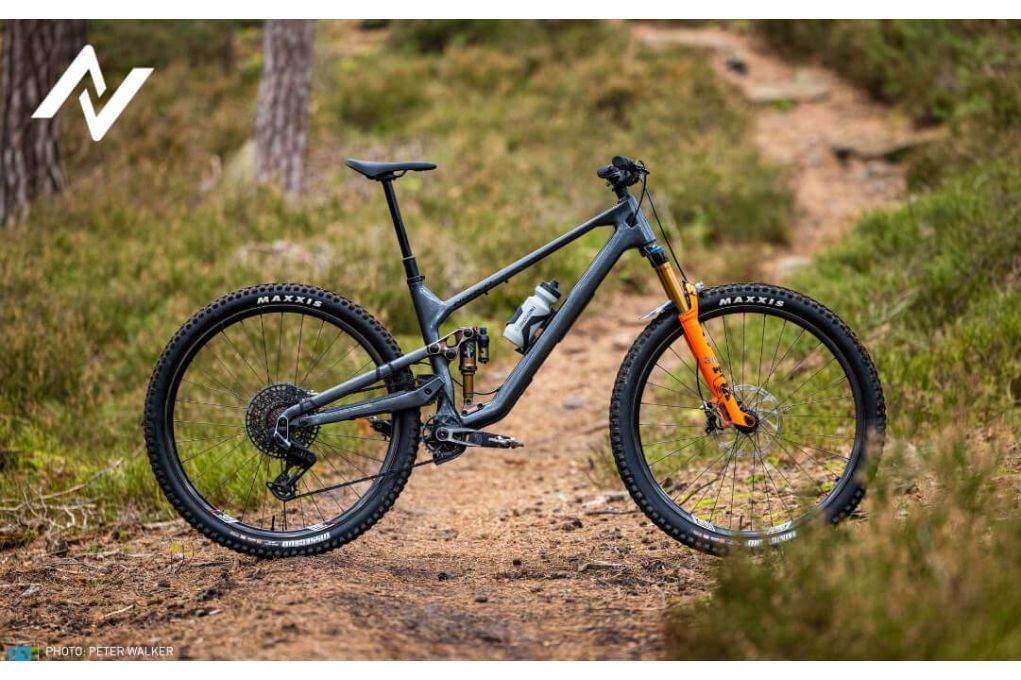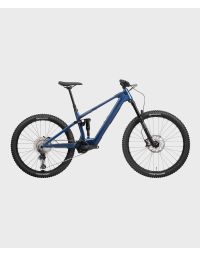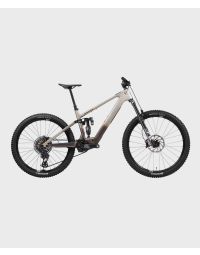ARMEGA SP25
Review: PinkBike - Norco Fluid VLT Bike

PinkBike has reviewed the Norco Fluid VLT Bike. Here is what they had to say:
Norco entered the lightweight eMTB market earlier this year with the all-new Fluid VLT, a Bosch SX-powered trail bike with a 400 Wh battery and a dedicated MX wheel configuration. It comes in two formats. First, there is the weight-watcher: the C1 130 model has 130mm of rear wheel travel, a 140mm fork, a full carbon frame, an in-line shock and a host of componentry selected primarily to keep weight to a minimum - it weighs a claimed 18.1 kg (39.9 lbs) in S3.

Then, there is the more performance-oriented 140mm travel option, of which there are three models to choose from. The lightest C1 option (reviewed here) runs a full carbon frame and weighs 18.76 kg (41 lbs) in S2. The more affordable C2, C3 and C4 models are a little heavier, pairing a carbon front triangle with an aluminum rear-end.
Like the well-received Norco Fluid trail bike, the Fluid VLT delivers its rear wheel travel via a traditional Horst-link suspension platform. That's in contrast to the longer-travel, full-powered Range VLT that goes all-out with an idler-equipped high-pivot suspension platform.

Frame Construction & Motor System
The Fluid VLT 130 and 140 eMTBs are all built around the Bosch Performance Line SX system, a 55 Nm drive unit paired with a non-removable 400 Wh battery. A 250 Wh PowerMore range extender is an optional extra, boosting capacity up to a maximum of 650 Wh. Norco forgo the heads-up Kiox or Purion displays, opting instead for a relatively clutter-free cockpit with only the bar-mounted remote that allows you to switch between assistance modes (Eco, Tour, eMTB and Turbo) and activate walk-mode, which can be somewhat helpful in the event of a forced dismount on a steep slope.
Despite its sub 2kg weight, the Bosch SX motor actually has the capacity to deliver the same 600 W peak power of the meatier 85 Nm CX motor employed by the Norco Range VLT. However, you have to pedal faster to convince it to give you that. While the 2.9 kg CX motor will give you 600 W at a cadence of just 70 rpm, the Bosch SX asks you to spin at 100 rpm before it will dish out the big watts. This can sometimes make one feel a bit like a hamster in a wheel, but those with a naturally high pedaling cadence wont be fazed.
Happily, Norco have opted not to run the cables through the headset. They enter aft of the headtube at wee recesses that, aside from looking neat, also reduce stress on the cables and hose as they enter the frame. Adequate frame protection is provided on the drive-side chainstay, though it's difficult to know whether it does much to quieten chain slap over the noise of the motor's clutch rattling as you descend.

Geometry & Sizing
The Norco Fluid VLT 140 and 130 models are available in fives sizes, accommodating riders from 5ft 1" (155cm) to 6ft 5" (195cm) tall. Norco use their Ride Aligned system to size riders to an appropriate frame, using height only. On the 140 models, reach figures are 422.5mm, 447.5mm, 472.5mm, 495.5mm, and 522.5mm, respectively. The rear-center length grows modestly with the increasing size of the front triangle; the chainstay lengths are 432mm on Size 1 & 2, 436mm on Size 3, 440mm on Size 4 and 444mm on Size 5. This is a semi-proportional approach to sizing, with the larger frame sizes still subject to a greater rearward weight bias than the smaller ones.
Climbing
The Bosch SX motor will feel natural to riders with a relatively high pedaling cadence. It only produces the peak power of 600 W around cadences of 100 rpm. You can't be lazy with it; if you don't make a concerted effort to spin quickly, the motor's assistance dies down considerably. On a regular bike, I have a tendency to grind my way up a fire road, rarely choosing to spin up in the 52T cog. I quite like that the Bosch SX motor forces me to increase my cadence; it makes riding an e-bike feel more like exercise, as compared to some of the full-powered eMTBs that permit you full torque and full power even when your cadence drops to 50 rpm.

The high cadence demand of the Bosch SX motor limits its potential for technical climbing. When climbs are littered with rocks and roots, care must be taken in the timing of pedal strokes. To maintain the higher end of the SX motor's power output, you basically have to throw caution to the wind, spinning quickly in the hope that you'll not catch your pedal on something. Norco have seemingly accounted for that somewhat with a relatively high bottom bracket (350mm) and shorter 165mm cranks. Still, I was glancing pedals off the trail's chunky bits too often for my liking. To my mind, a motor that delivers a higher torque at lower cadences (like the EP801 RS of the Orbea Rise) can outperform the Bosch SX motor in some scenarios where a lot of assistance is required but the timing of pedal strokes must be carefully considered.
As ever, there are pros and cons. With the low torque at low cadences, the rear wheel is much less likely to break traction and spin out when the ground is soft or loose. The Bosch SX motor is great in that regard, allowing you to manage the assistance when navigating climbs with lots of switchback corners.
The power delivery isn't quite as smooth as some. There is hardly any discernable lag - when you back off on the pedals, the motor backs off its assistance almost immediately. That's experienced in the rear suspension as pronounced pedal bob, most noticeable when pedaling along the flat in the middle or bottom end of the cassette. I found that the threshold lever on the Fox X2 shock did little to eliminate that. That said, the pedal bob is less pronounced when pedaling up a climb in the larger cogs of the cassette.
The S2 has a seat tube angle of 76.75°, giving an effective (or horizontal) top tube length of 593mm; that is a fair bit longer than most bikes I've ridden recently (with the exception of the Pivot Shadowcat). In the seated pedaling position, I felt my weight was too far off the back. Sliding the saddle forward on the rails effectively steepens that seat tube angle, giving a much more comfortable position for climbing. At least in respect to the seated pedaling position, I believe the S1 frame would have given a better fit with a much shorter effective top tube length.
Descending
The Fluid VLT felt like a very composed descender straight off the bat. Rear wheel traction is nothing short of superb, smoothing out trail chatter with no drama, allowing me to look further ahead to anticipate the next corner. I was really impressed by how balanced the setup was, and can say that the Ride Aligned suggestions were an excellent starting point for me. That said, as I got up to speed on familiar trails, I felt the shock was packing down over long rooty sections. That was easily resolved by opening up the rebound damping to allow the shock to return faster after compressions.
The progressivity of an air shock combined with the linkage's 27% progression delivers a bike doesn't give up its rear wheel travel very easily. Departing from the Ride Aligned setup, I backed off the compression damping on Low and High speed in a bid to encourage use of more travel. That went some way to giving me more millimeters, but ultimately I had to increase the sag to 30% to get even close to full travel. The X2 shock does have a generous bottom out bumper, which was likely why I never used all 140 mm of travel. In that regard, I do wonder whether a coil shock with a hydraulic bottom-out adjustment may be a better option for lighter riders.
How does it compare?
I don't have an exhaustive list of comparable eMTBs with which to compare the Fluid VLT. After all, there aren't many lightweight 140mm travel eMTBs with a dedicated MX wheel configuration knocking about. The two most comparable eMTBs I've ridden in recent months include the Canyon Neuron:ON fly, and the Orbea Rise LT. It compares favorably to both, but for different reasons.

The Fluid VLT easily trumps the Canyon Neuron:ON fly on performance. Its suspension is far more balanced, supportive and generally composed. It is far more capable and fun to ride on a variety of terrain. The Norco is the more expensive of the two - you get higher-end spec for your money with Canyon - but it will always be difficult to compete with the direct-to-consumer giants like Canyon and YT. Something worth noting is that while Canyon offer a 6 year frame warranty, Norco offer a lifetime warranty. Albeit, that's less of a biggie when it comes to eMTBs, as most of the motors only have a two year warranty.
Pinkbike's Take
Norco has a reputation for delivering short-travel bikes that can be ridden hard, and the Fluid VLT eMTB does not depart from that. Its composed, well-balanced and supportive suspension bestows a confidence one might normally associate with a more aggressive, longer-travel bike. It's not the lightest SL eMTB money can buy, but it's fair to say it has one of the best performance-to-weight ratios I've experienced to date.
Read the full article here
